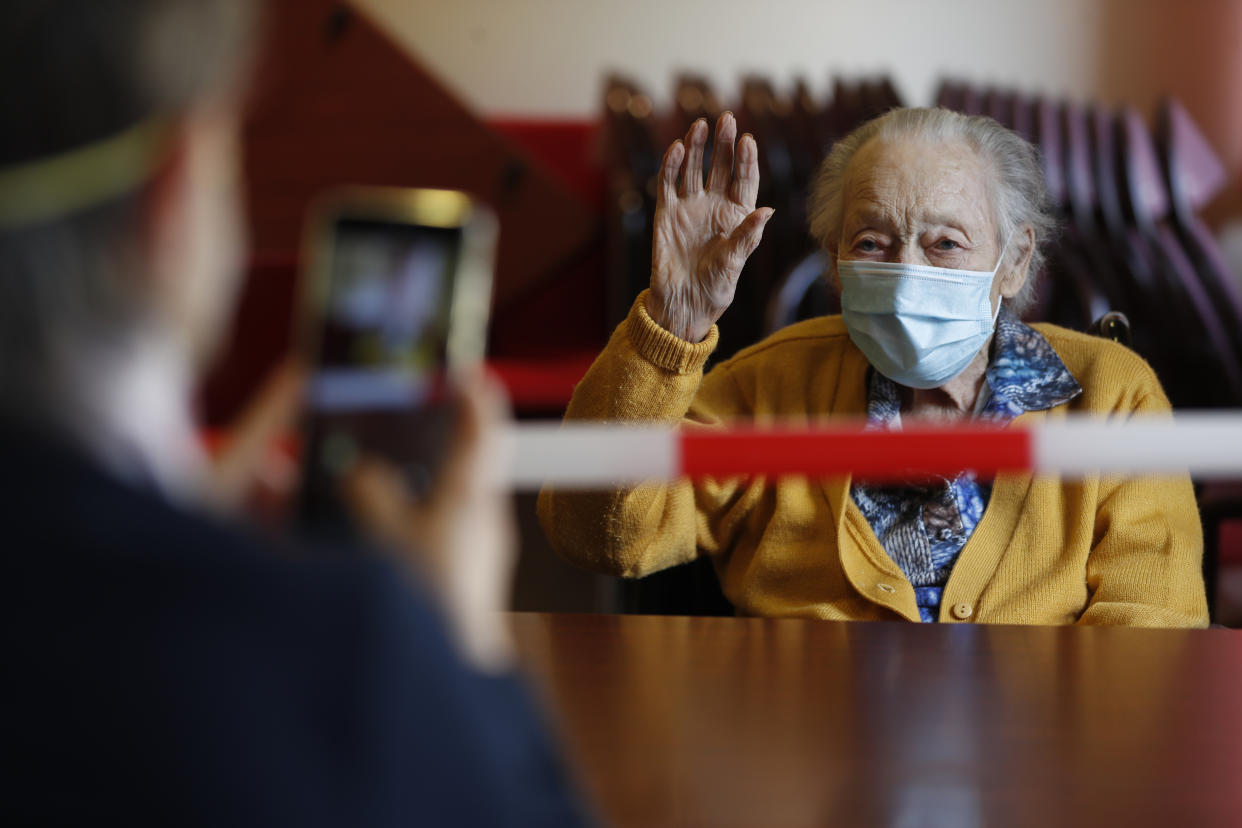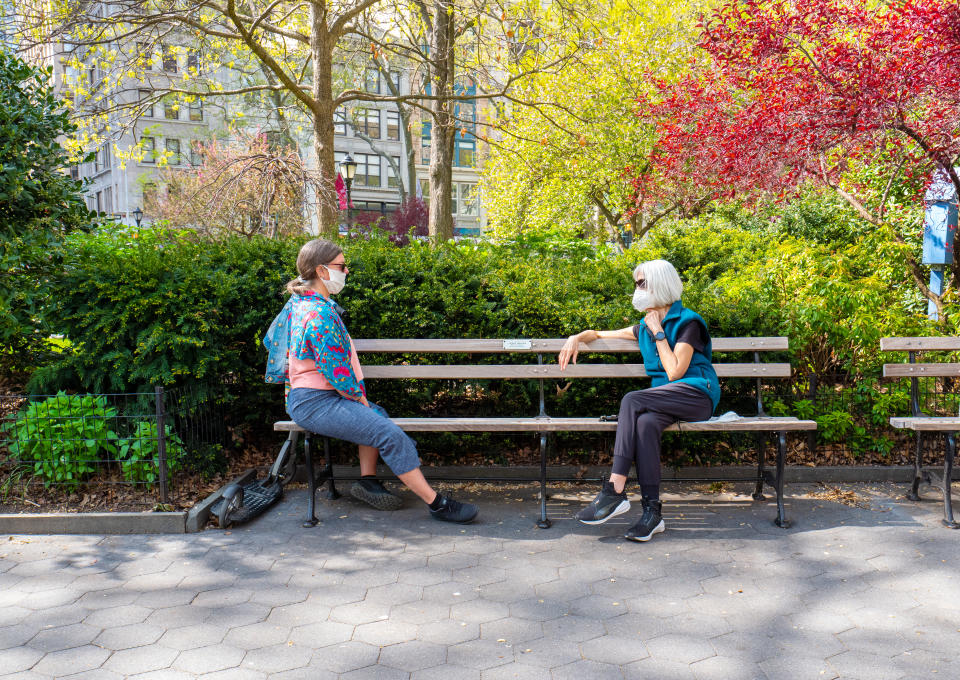How lockdown rules around shielding for at-risk people will change on 1 August

Millions of clinically vulnerable people in England will no longer need to follow shielding advice from 1 August after the next round of lockdown easing comes into effect.
At the start of the pandemic, around 2.2 million people with serious health conditions were told to stay indoors as much as possible to protect themselves from coronavirus.
At-risk people received letters from the government in the middle of March, asking them to shield themselves from the virus because of their medical history.
As restrictions have slowly eased across the country, the advice for this group of people stayed the same until 6 July, and will now mostly come to an end from August.
The government has indicated they will quickly move to reintroduce the guidance if the country sees a spike in cases.
Boris Johnson said on Thursday that 10-30 places were seeing increases in coronavirus.
Here’s everything you need to know about the changes in guidance for at-risk people.
What’s going to change?
From 1 August, the government is “pausing” the advice for clinically at-risk people and said they will reactivate it the country sees an increase in cases.

Shielding people will be able to return to work, go to the shop and participate in the rest of society for the first time since lockdown began, as long as they practice social distancing.
Children who are clinically vulnerable will be allowed to go to school when term begins.
The advice remains "stay at home as much as you can and continue to take precautions when you do go out".
The government has emphasised that the risk from the virus is still present and has asked the clinically vulnerable and the people they associate with to be as careful as possible.
What changed on 6 July?
People who have been shielding haven’t been required to social distance from people in their own household since 6 July.
They were also allowed to meet up with up to five friends, and people who qualify to form a support bubble were allowed to do so.

Support bubbles are for people who live on their own, or with a child under the age of 18, to couple with another household and treat the two homes as if they are the same.
The government also changed the advice to say vulnerable people can return to work if they cannot work from home.
Employers must ensure that their safety is accounted for and social distancing at their workplace can take place.
What’s going to end?
Special provisions have been in place to support shielding people since the start of the pandemic.
Free food parcels, medicine, and extra care for shielded people will stop on 1 August.
However, the government has said vulnerable people can rely on NHS Volunteer Responders to help deliver food and medicine if they need it.
Several supermarkets are also continuing to offer priority online delivery slots for clinically at-risk people
The special ability to claim statutory sick pay because a person a vulnerable person is shielding – even if they don’t have symptoms – is also being removed, bringing rules into line with the rest of the population.
What about people in care homes?
Care providers are being asked to develop their own safety regime with consultation from their residents to ensure all necessary precautions are being taken.
The government has issued separate advice for care homes to ensure their safety is prioritised.
Staff are also being asked to follow social distancing measures and to wear protective equipment when around residents.
Coronavirus: what happened today
Click here to sign up to the latest news and information with our daily Catch-up newsletter

 Yahoo Movies
Yahoo Movies 

